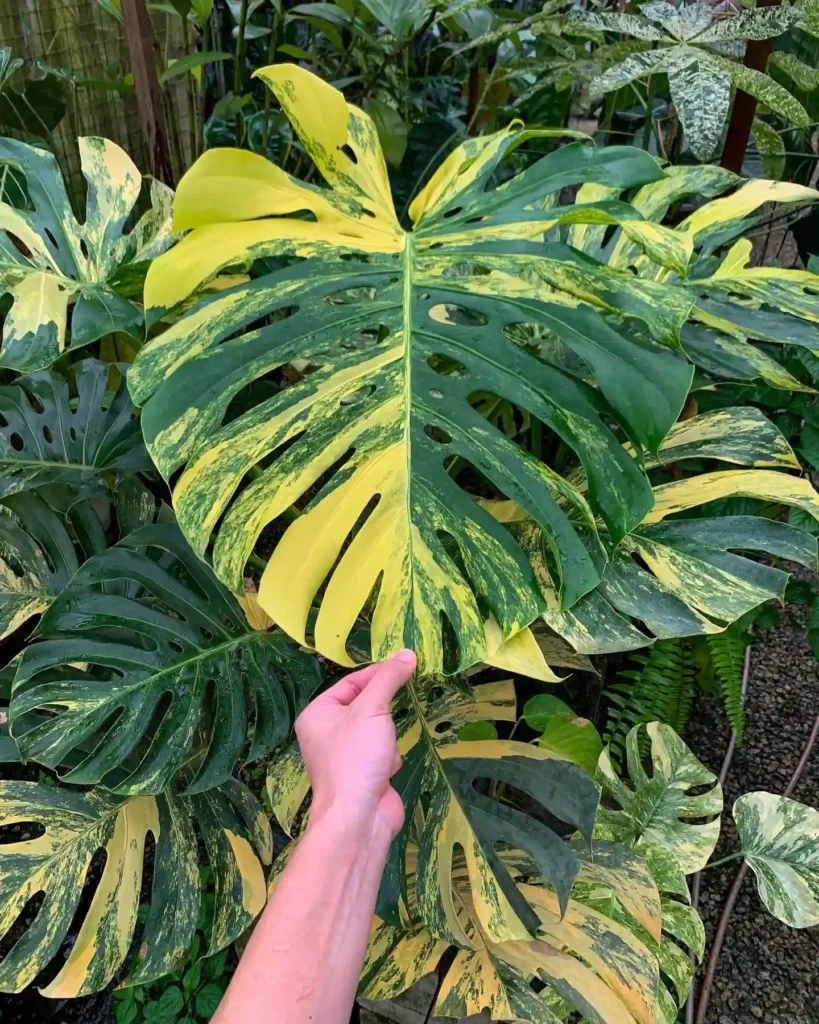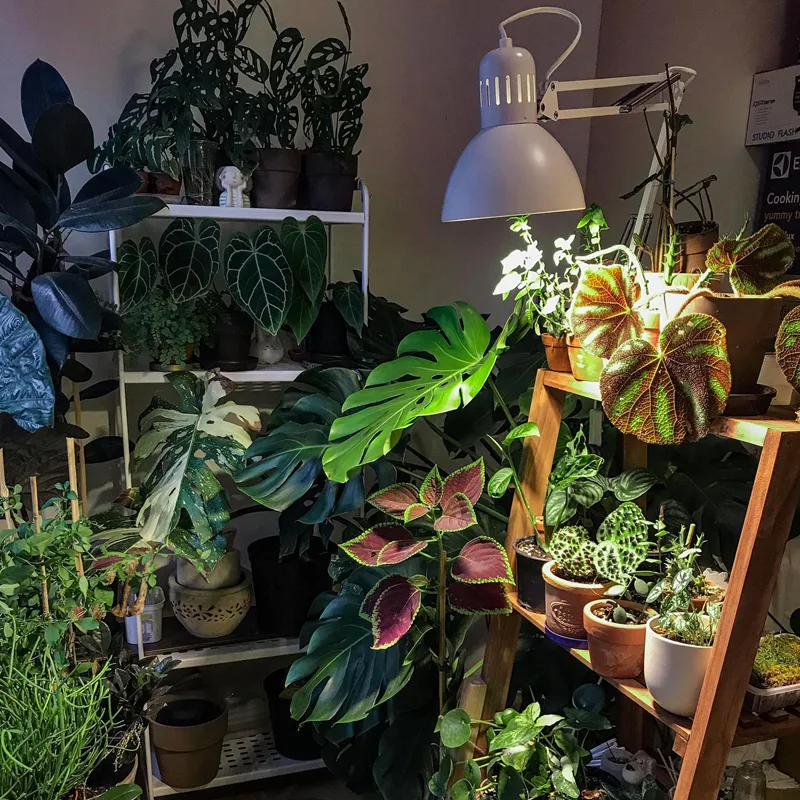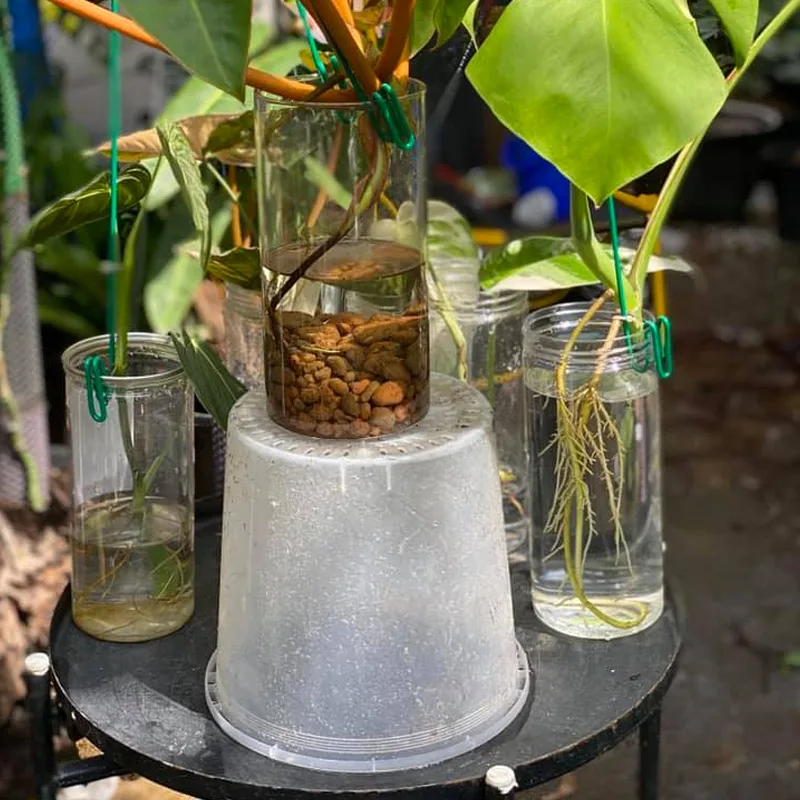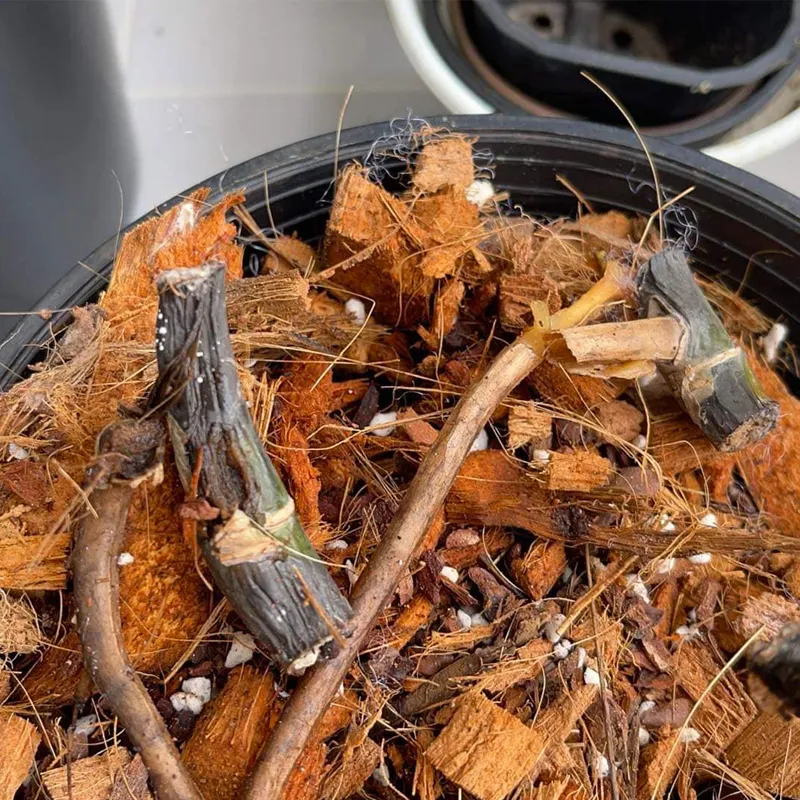Welcome to the fascinating world of hanging air plants! If you’re like me, you’re captivated by the unique beauty and effortless charm of these low-maintenance wonders. In this comprehensive guide, I will share valuable insights into the characteristics, care tips, common problems, propagation methods, and more for hanging air plants. So, let’s dive in and unravel the secrets of these captivating botanical treasures.
What is Hanging Air Plant?
Hanging air plants, scientifically known as Tillandsia, are epiphytes that belong to the Bromeliaceae family. These unique plants have evolved to thrive without soil, absorbing nutrients and moisture from the air and rainwater. Their ability to cling onto various surfaces, including trees, rocks, and even wires, makes them a popular choice for suspended plant displays.
One of the most intriguing aspects of hanging air plants is their diverse range of shapes, sizes, and colors. They can vary from small, delicate species like Tillandsia ionantha to larger, more dramatic species like Tillandsia xerographica. Some species have vibrant green leaves, while others boast stunning shades of silver, red, or purple. Their unique appearance adds a touch of exotic beauty to any space.
How to care for Hanging Air Plants?
When it comes to planting hanging air plants, traditional potting soil is unnecessary. Instead, follow these simple steps to create a perfect environment for your airborne beauties:
- Mounting Options: Choose a suitable mounting option such as driftwood, cork bark, or wire baskets. These provide a secure anchor for your air plants while allowing good air circulation.
- Watering: Mist your air plants 2-3 times a week or soak them in water for 20-30 minutes every 1-2 weeks. Ensure they dry completely within 4 hours to prevent rot.
- Lighting: Hang your air plants in bright, indirect light or provide them with fluorescent lighting if natural light is limited.
- Temperature and Humidity: Air plants thrive in temperatures ranging from 50°F to 90°F (10°C to 32°C) with moderate humidity levels.
Common Problems and Troubleshooting:
To maintain healthy hanging air plants, it’s important to address common problems promptly. Here are a few issues you may encounter:
- Overwatering: Excessive moisture can lead to root rot. Ensure your air plants dry thoroughly after watering.
- Insufficient Light: Inadequate light can cause your air plants to lose their vibrant colors or become weak. Move them to a brighter location if you notice these signs.
- Pests: While air plants are generally resistant to pests, occasionally, they may face challenges from mealybugs or aphids. Remove pests manually or use a gentle insecticidal soap.
Propagation Methods:
If you’re keen to expand your hanging air plant collection, there are several propagation methods you can explore:
- Pup Division: As air plants grow, they produce “pups” or offshoots around the base. Gently separate the pup from the parent plant once it reaches approximately one-third to half the size of the parent.
- Seed Propagation: While air plants primarily reproduce through pups, you can also grow them from seeds. However, be prepared for a longer and more challenging process.
Tips for Successful Care:
To ensure your hanging air plants flourish and bring joy for years to come, keep these tips in mind:
- Avoid using chlorinated or softened water; opt for rainwater or tap water that has been left out for 24 hours.
- Introduce a regular fertilization routine using a diluted bromeliad or orchid fertilizer.
- Provide good air circulation by ensuring the leaves have ample space around them.
- Rotate your air plants occasionally to ensure balanced growth and prevent tilting towards a light source.
How often should I mist my hanging air plants?
Misting 2-3 times a week is generally sufficient, but the frequency may vary depending on the humidity levels in your environment.
Can hanging air plants survive indoors?
Absolutely! Tillandsia can thrive indoors as long as they receive adequate light, proper air circulation, and regular care.
Do hanging air plants flower?
Yes, many Tillandsia species produce beautiful flowers when they reach maturity. These flowers can last anywhere from a few days to several months, adding an enchanting touch to your display.
Can I grow hanging air plants in terrariums?
While Tillandsia can be grown in enclosed terrariums, it’s crucial to ensure proper airflow and avoid excess moisture buildup, as it can lead to plant rot.
Hanging air plants are truly remarkable botanical treasures that bring a touch of elegance and natural beauty to any space. With their unique characteristics, minimal care requirements, and diverse range of species, these captivating plants are an excellent addition to your indoor or outdoor collection. By following the planting guide, troubleshooting tips, propagation methods, and essential care suggestions outlined in this comprehensive guide, you can enjoy the beauty of hanging air plants while nurturing their health and longevity. So, embrace the wonder of these enchanting plants and let them elevate your botanical adventures to new heights!




